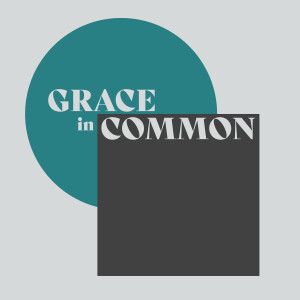
In this episode we continue to reflect on “what is neo-Calvinism” by talking through misunderstandings of neo-Calvinism, mostly from our own experiences.
The book about Lutheranism and Calvinism mentioned by Gray is Robert Kolb and Carl Trueman, Between Wittenberg and Geneva (Baker Academic, 2017)
Klaas Schilder (1892-1952) was a Dutch second generation neo-Calvinist theologian. An anthology of his work will be available soon: George Harinck, Marinus de Jong and Richard Mouw (eds), The Klaas Schilder Reader: The Essential Theological Writings (Lexham Press, 2022).
Herman Dooyeweerd (1894-1977) was a Dutch second generation neo-Calvinist philosopher. His most famous work is A New Critique of Theoretical Thought (1955).
Two examples of the modern - orthodox sensibility mentioned by Gray are Abraham, Kuyper, “Conservatism and Orthodoxy” in James Bratt (ed.), Abraham Kuyper: A Centennial Reader (Eerdmans, 1998)
Herman Bavinck, Wonderful works of God (Westminster Seminary Press, 2019)
And this is the book that required an update according to Bavinck:
Wilhelmus a Brakel, The Christian’s Reasonable Service (Reformation Heritage Books, 2015)
The merger of two seceded churches Marinus talked about is called the Vereniging that occurred in 1892. The churches that issued from the 1834 Secession where Bavinck belonged to merged with the churches that issued from the Doleantie in 1886, led by Abraham Kuyper. A small group of Secession churches did not join because they mistrusted Kuyper’s supposedly rational and activist neo-Calvinism.
view more
More Episodes
God and Humanity Part 3
 2024-11-11
2024-11-11
 2024-11-11
2024-11-11
A Christian History of Languages
 2024-11-04
2024-11-04
 2024-11-04
2024-11-04
God and Humanity Part 2
 2024-10-28
2024-10-28
 2024-10-28
2024-10-28
God and Humanity Part 1
 2024-10-21
2024-10-21
 2024-10-21
2024-10-21
Auguste Lecerf: Neo-Calvinism in France
 2024-10-14
2024-10-14
 2024-10-14
2024-10-14
J.H. Bavinck on the Point of Contact
 2024-07-09
2024-07-09
 2024-07-09
2024-07-09
An Affective Model of General Revelation
 2024-06-24
2024-06-24
 2024-06-24
2024-06-24
Is neo-Calvinism Biblical?
 2024-06-03
2024-06-03
 2024-06-03
2024-06-03
Theological Encyclopedia with Greg Parker
 2024-05-13
2024-05-13
 2024-05-13
2024-05-13
The 16 Theses of Neo-Calvinism
 2024-01-22
2024-01-22
 2024-01-22
2024-01-22
The Church and the World Part 3
 2024-01-15
2024-01-15
 2024-01-15
2024-01-15
2023 Re-cap for Neo-Calvinism
 2023-12-11
2023-12-11
 2023-12-11
2023-12-11
Neo-Calvinism and the Church Part 1
 2023-11-27
2023-11-27
 2023-11-27
2023-11-27
A conversation with Nicholas Wolterstorff
 2023-11-16
2023-11-16
 2023-11-16
2023-11-16
012345678910111213141516171819
Create your
podcast in
minutes
- Full-featured podcast site
- Unlimited storage and bandwidth
- Comprehensive podcast stats
- Distribute to Apple Podcasts, Spotify, and more
- Make money with your podcast
It is Free
- Privacy Policy
- Cookie Policy
- Terms of Use
- Consent Preferences
- Copyright © 2015-2024 Podbean.com






